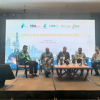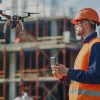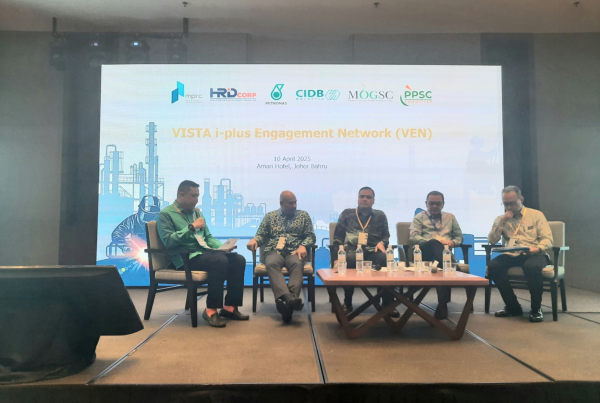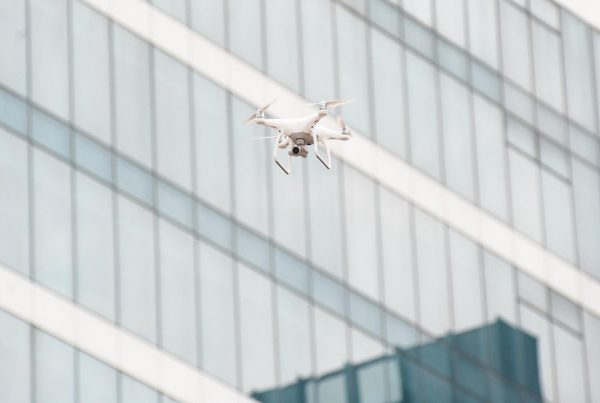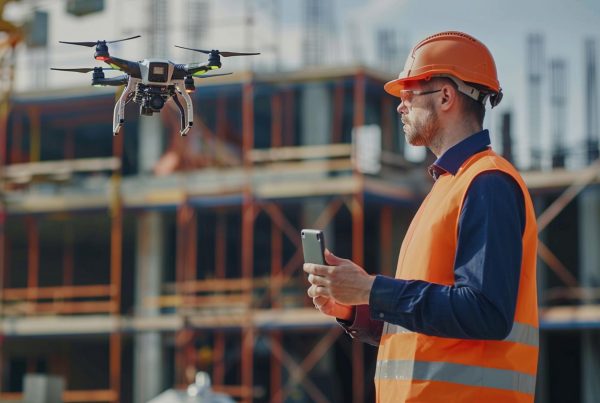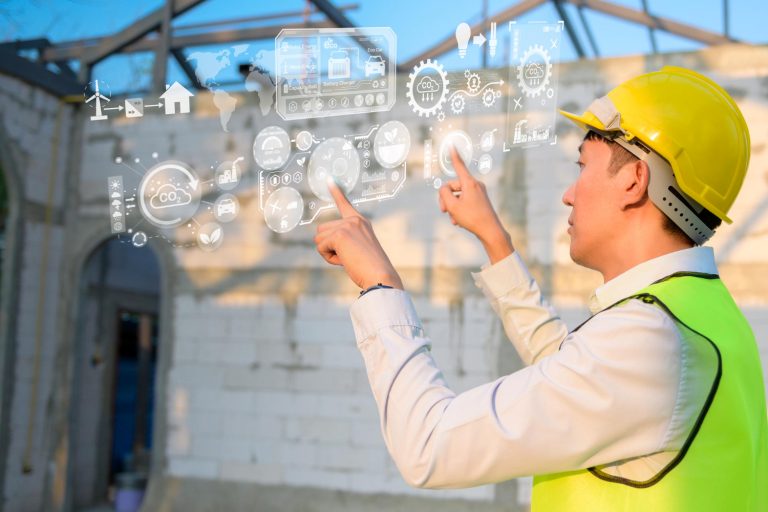
As AI becomes increasingly integral to the construction industry, it brings many ethical and legal challenges that must be carefully navigated. One of the foremost concerns is the issue of AI “hallucinations”. This phenomenon occurs when AI systems generate incorrect or misleading results, often due to insufficient training data, biases in the data, or flawed assumptions made by the algorithms. Such errors could have significant consequences in construction, from design flaws to safety hazards.
Addressing AI hallucinations requires a commitment to transparency and a deep understanding of AI decision-making processes. CIOB advocates for a “white box approach” to AI, emphasising the need for clarity and provability in AI-generated decisions. This approach ensures that the reasoning behind AI’s decisions is understandable and verifiable, allowing construction professionals to trust and effectively utilise AI tools.
Another critical aspect of ethical AI use in construction is intellectual property management (IP). AI systems often rely on vast amounts of data, including proprietary information from various stakeholders. Clear guidelines and agreements must be established to ensure data ownership and usage rights are respected, preventing disputes and fostering a collaborative environment. Additionally, as AI systems generate new designs and solutions, it is essential to address the ownership of these AI-created outputs. Establishing IP frameworks that account for AI’s contributions is vital to maintaining fairness and innovation.
Responsible AI use also involves considering the broader societal impacts. For example, while AI can automate many tasks, it is crucial to ensure that this does not lead to widespread job displacement without adequate support for affected workers. Training and reskilling programmes should be implemented to help workers adapt to new roles and opportunities created by AI advancements. This proactive approach mitigates negative impacts and maximises the benefits of AI for the workforce and the industry as a whole.
Next, we will examine AI’s role in promoting sustainability and innovation within the construction sector, highlighting how it addresses critical challenges like climate change and resource management.
Article 1: Embracing AI in Construction: A New Era of Innovation
Article 2: Revolutionising Construction: AI as Your New Colleague


